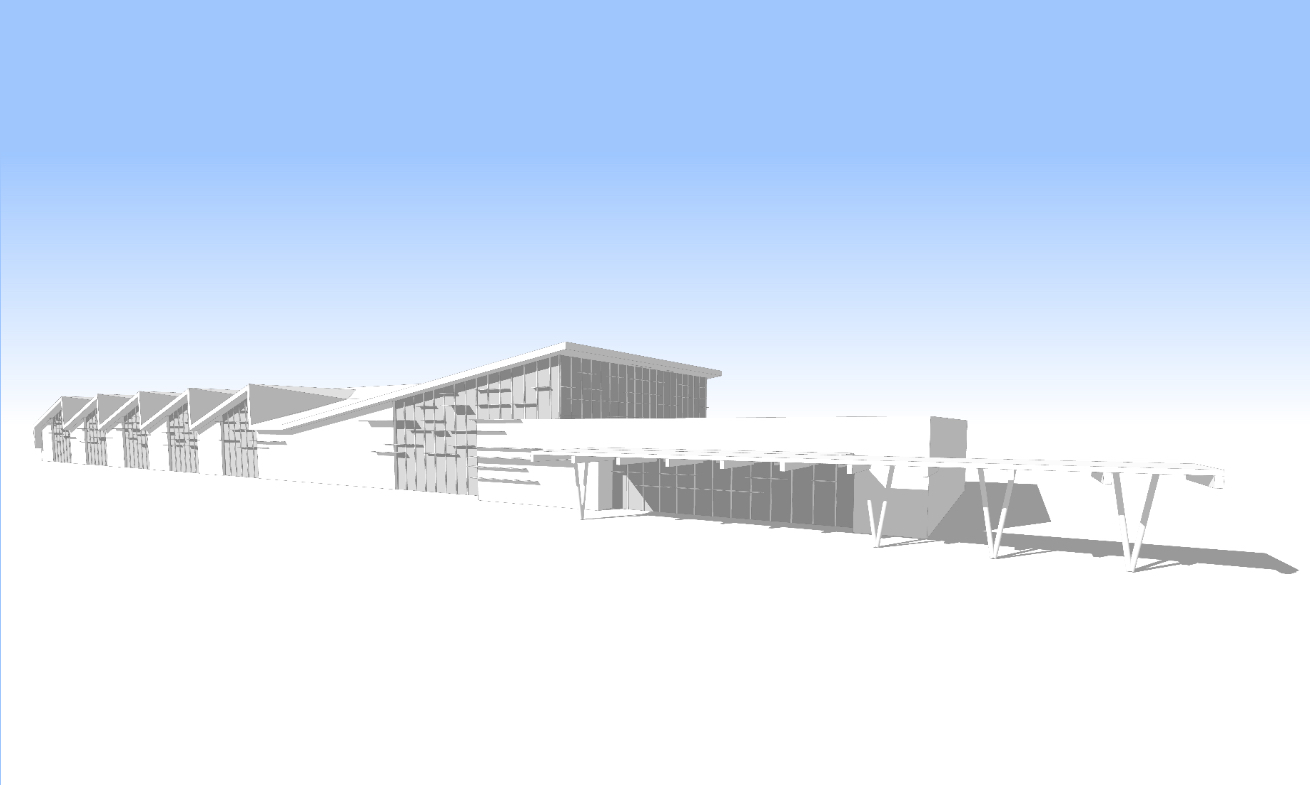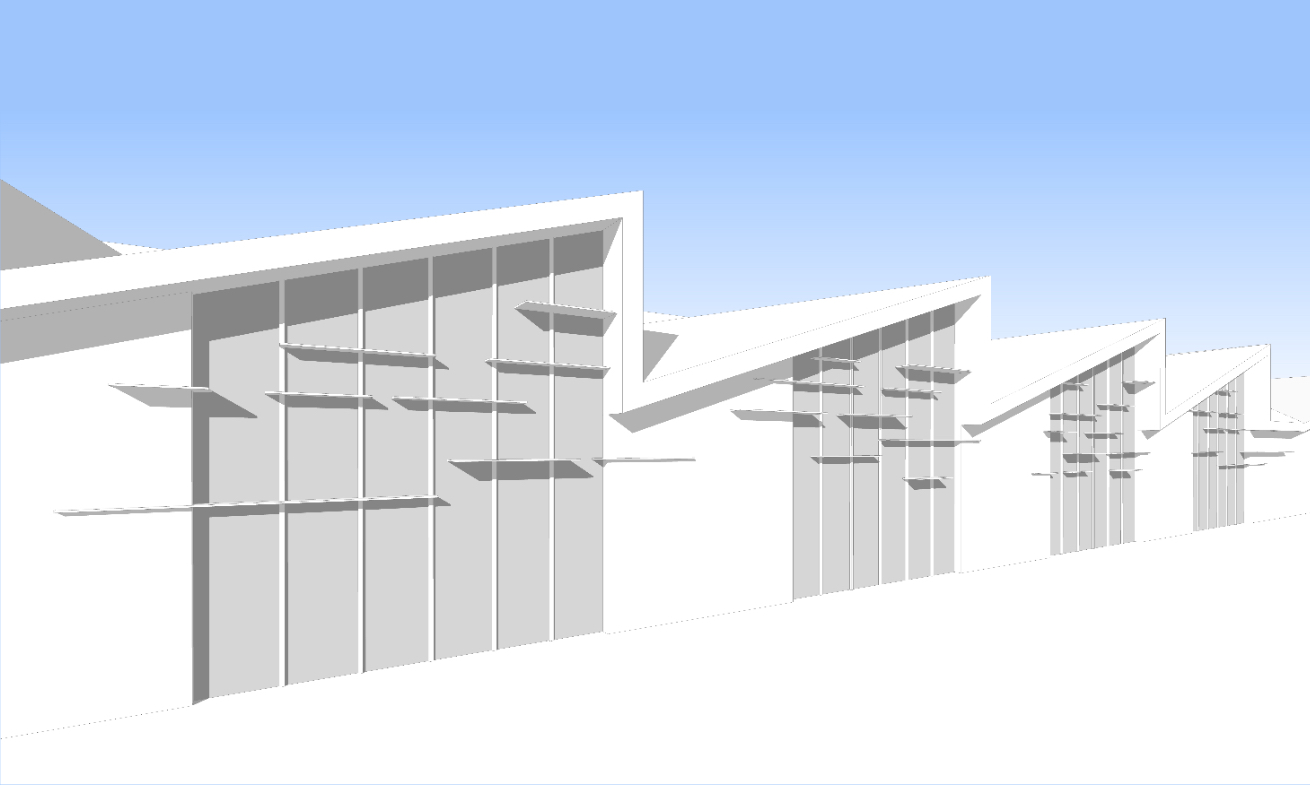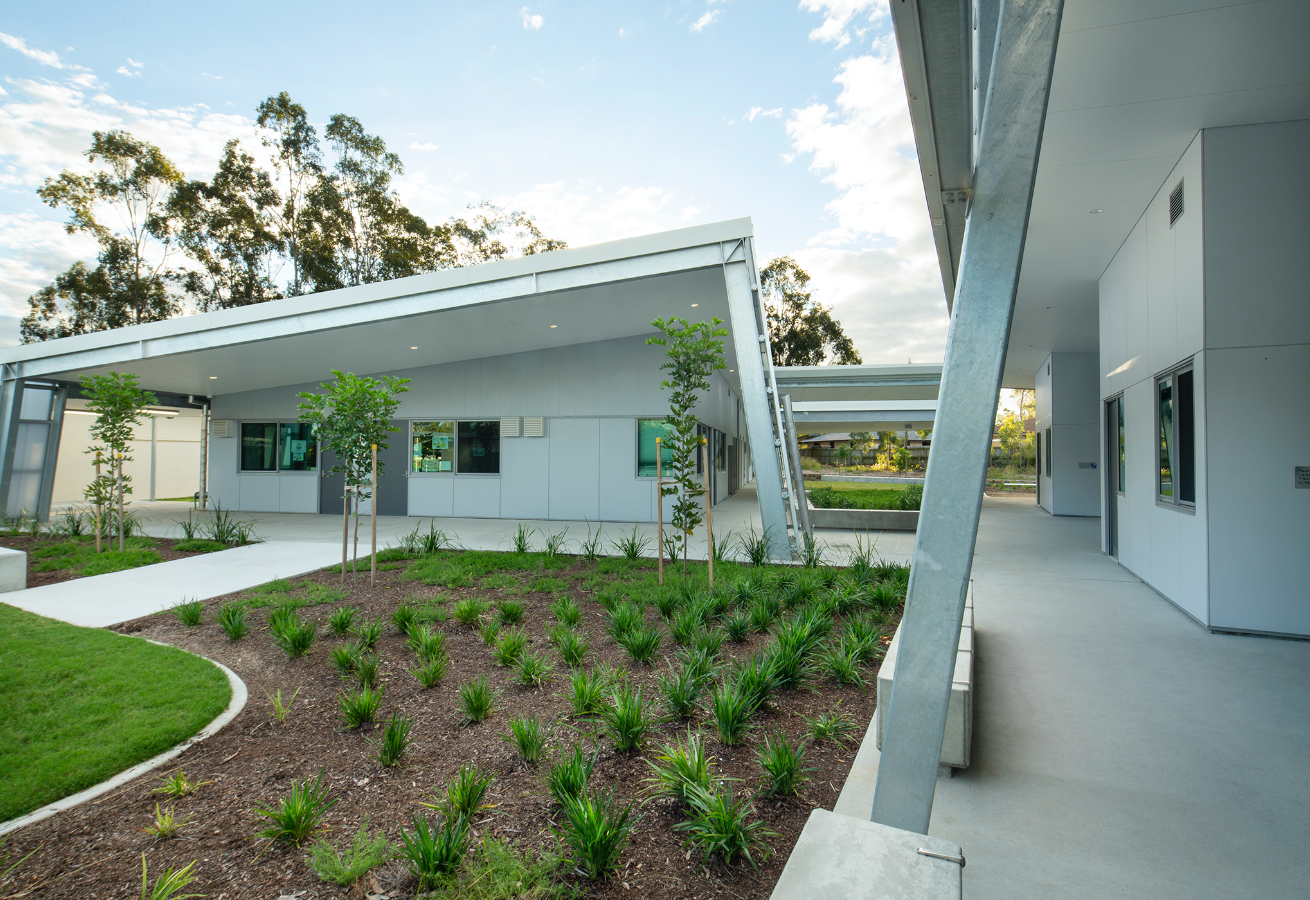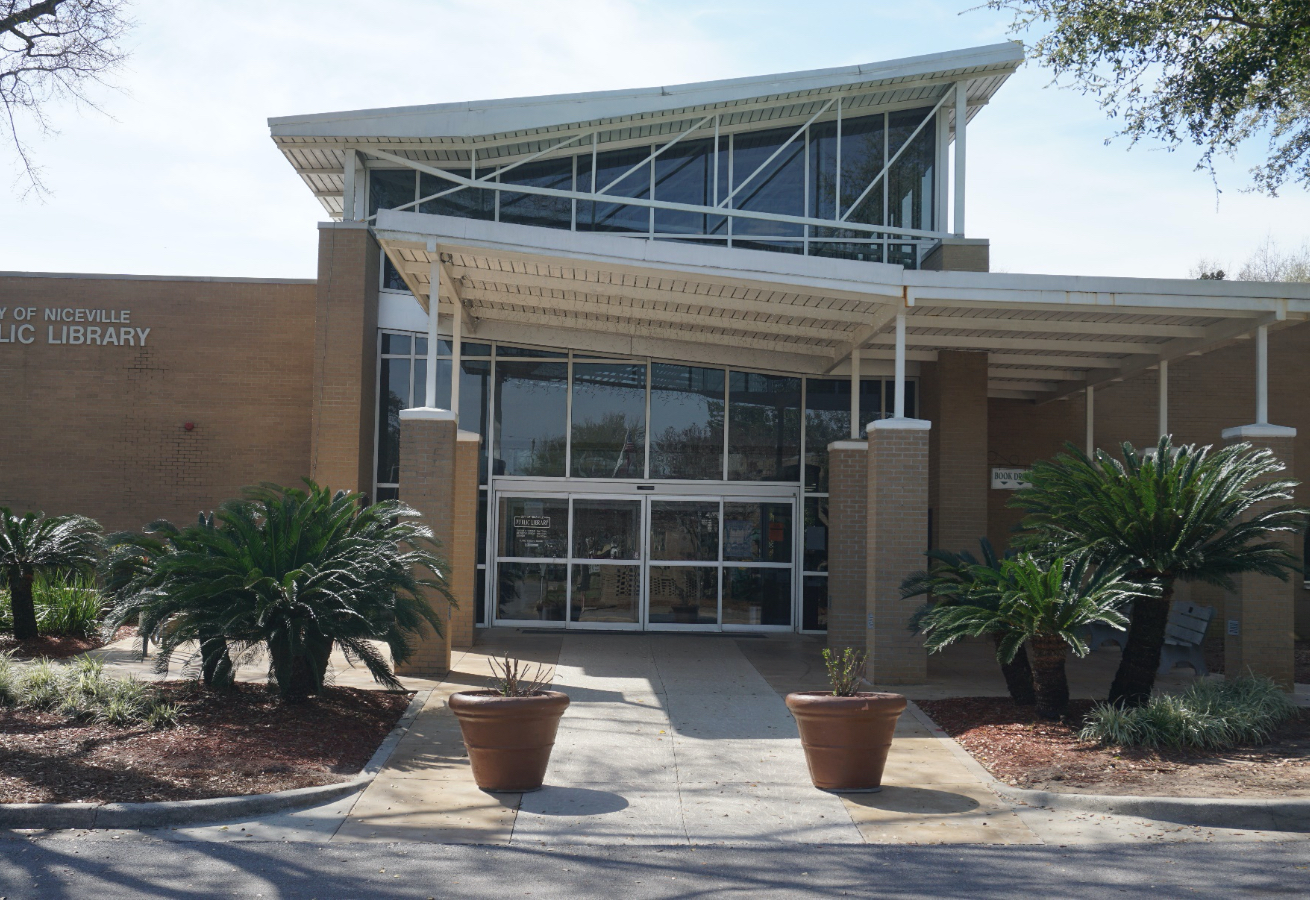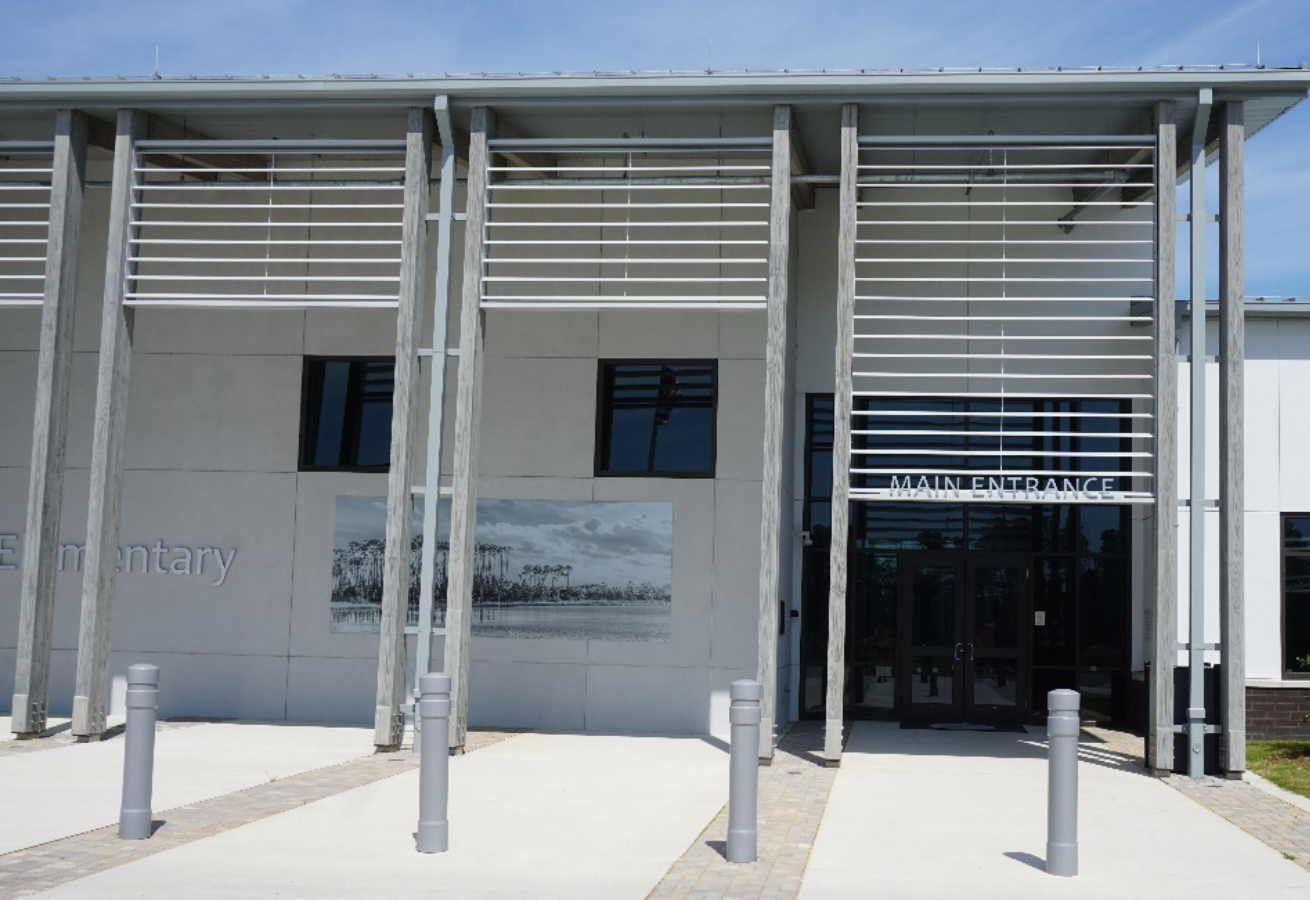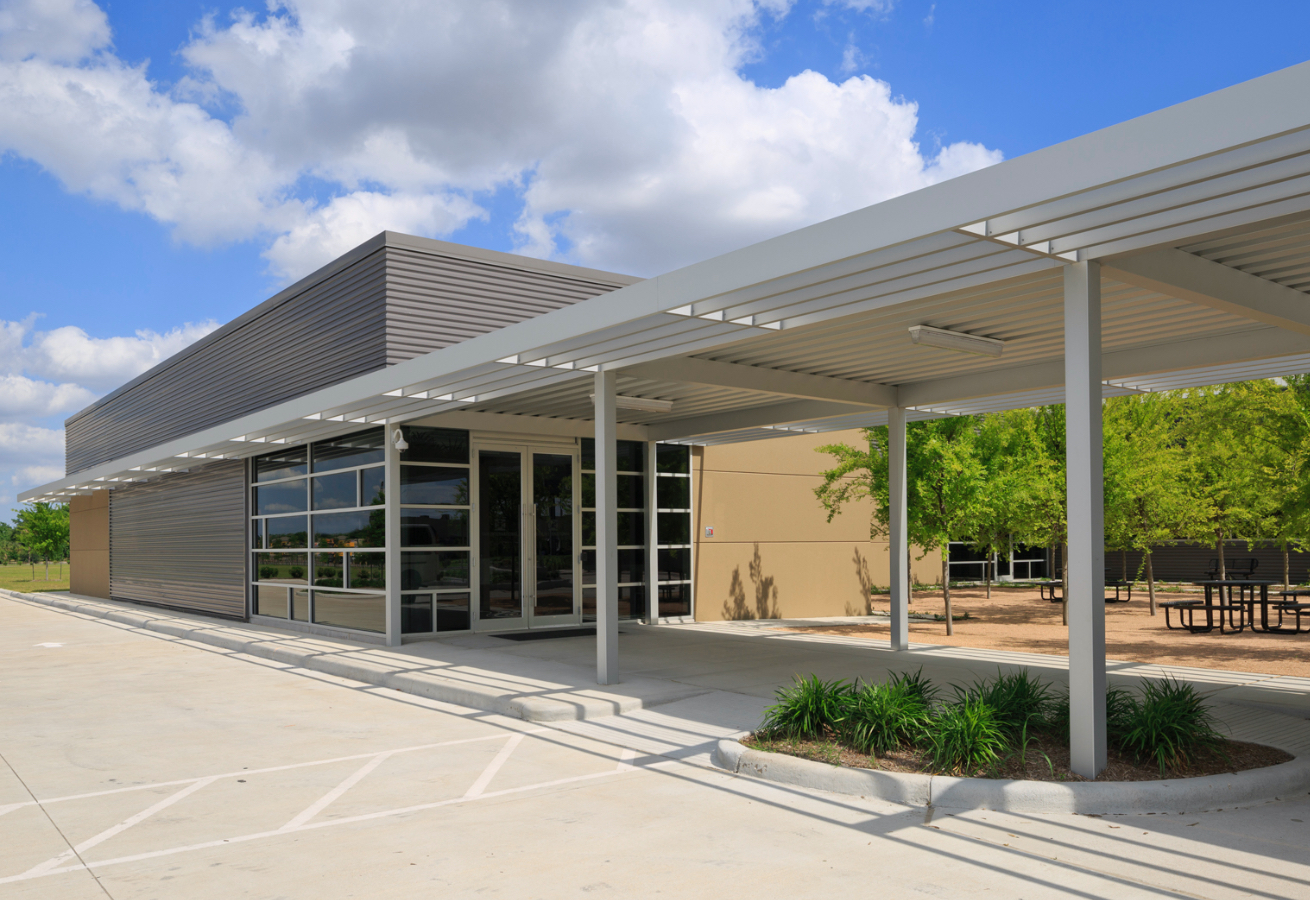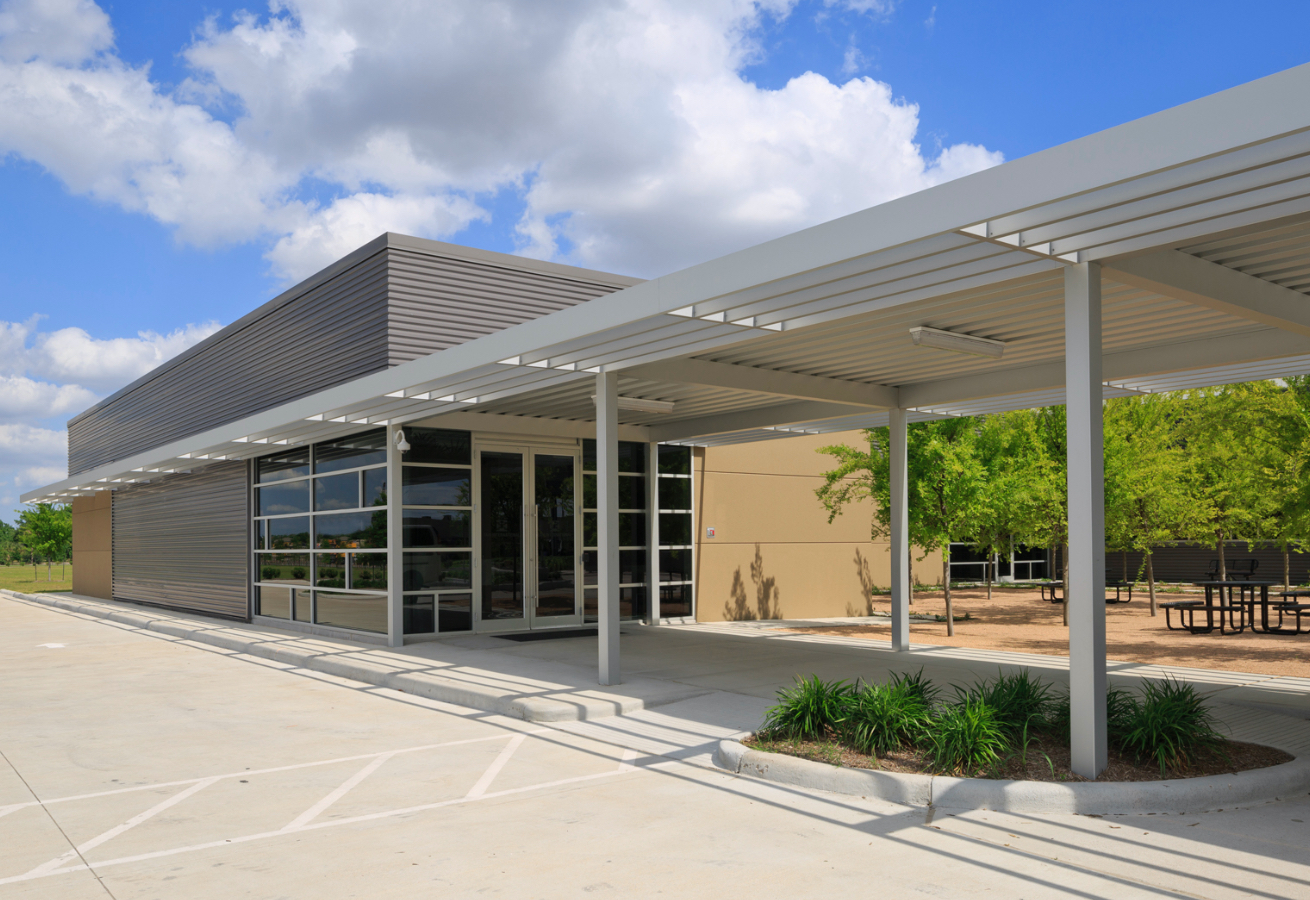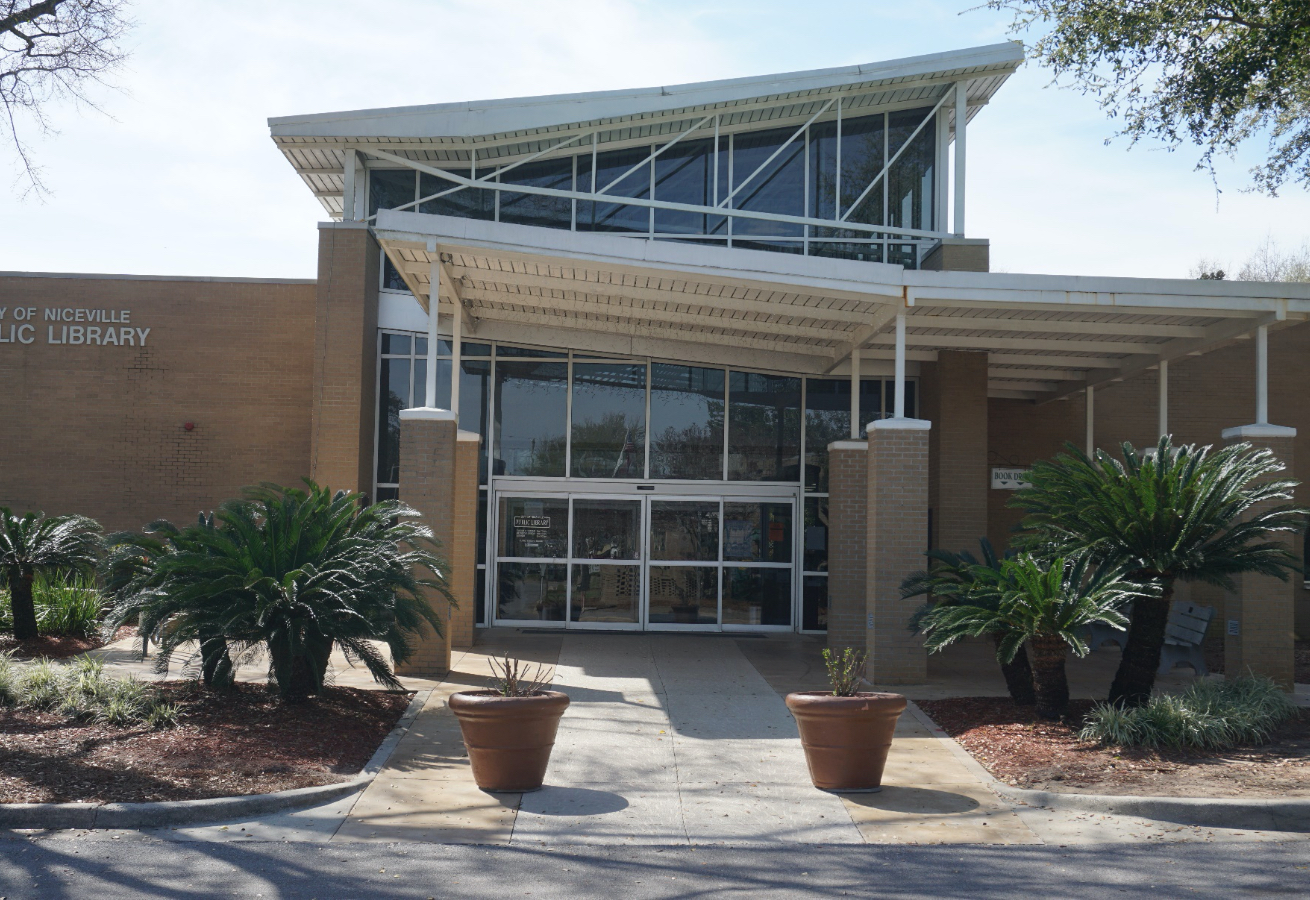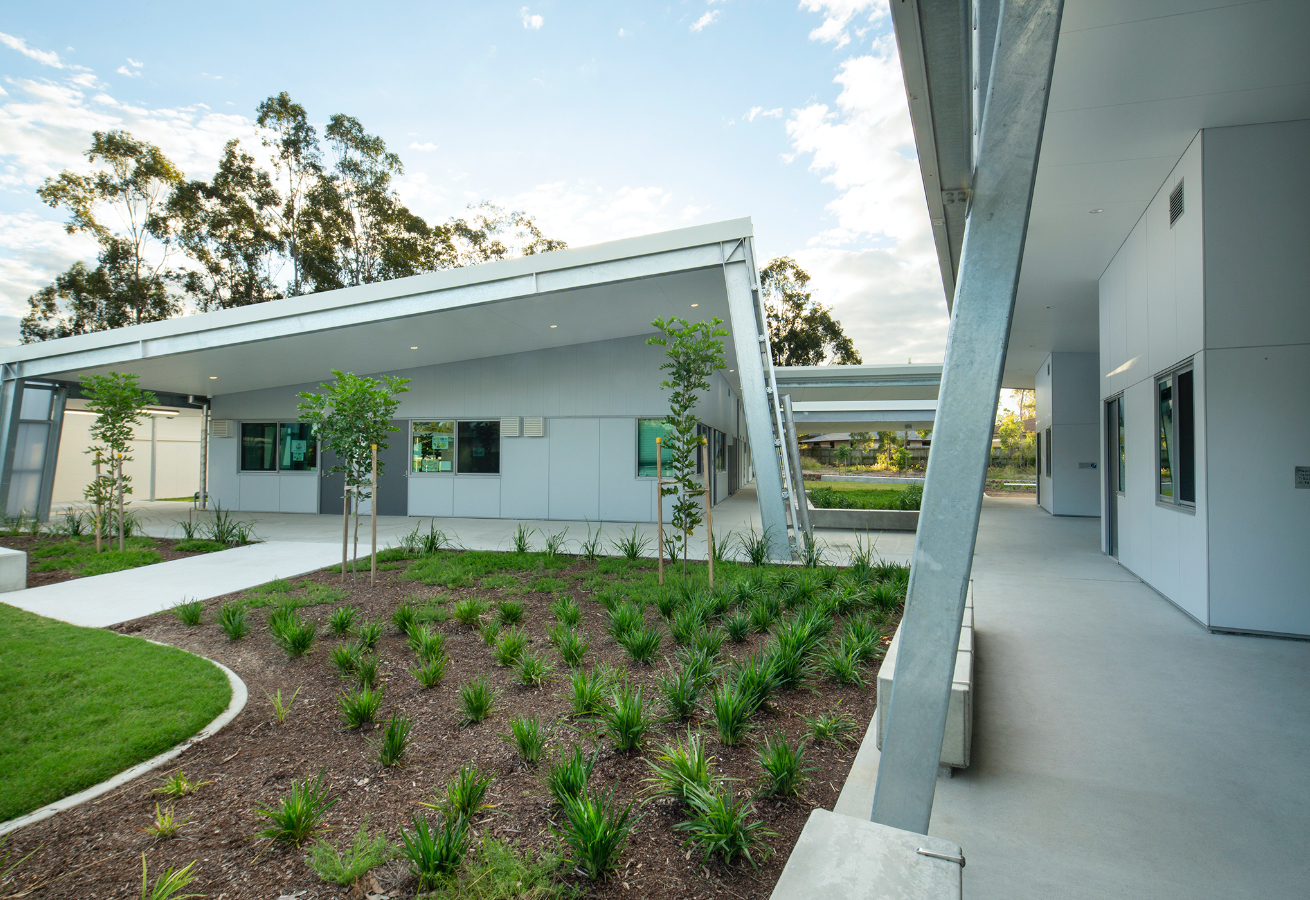
1. Massing & Articulation
The massing is articulated in response to the building program and be able to accommodate generous daylighting of the interior where appropriate. Alternate, dynamic forms that create strong visual interest but do not compromise other functional requirements are appropriate. A strong, easily identified entrance is appropriate. Building articulation will reinforce the overall design with focused attention on the primary entrance.


